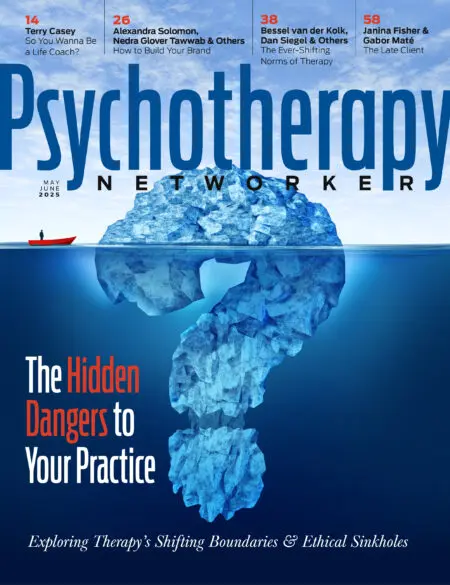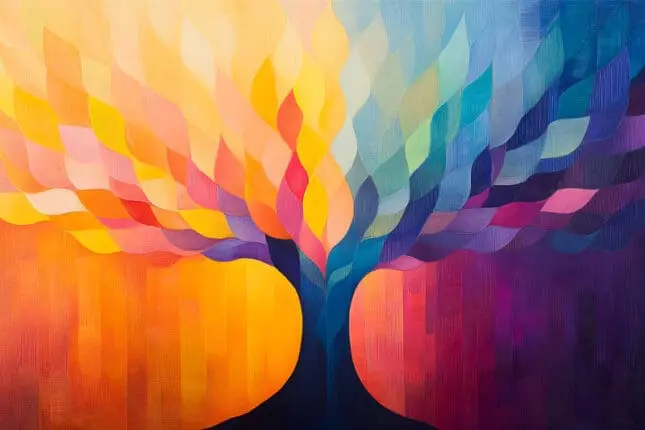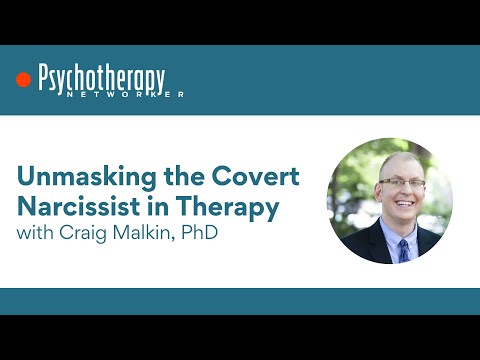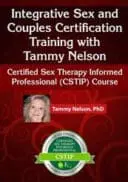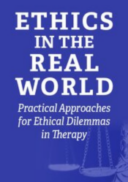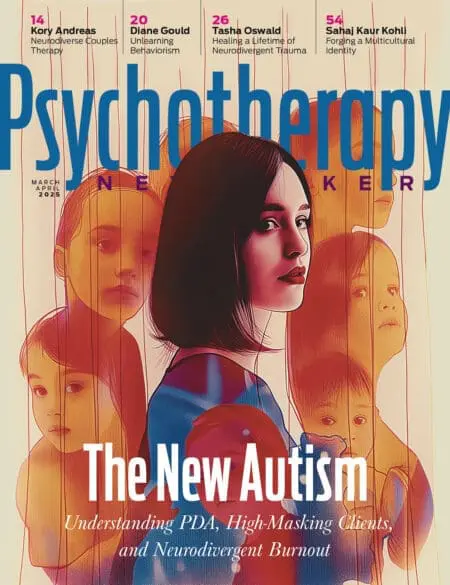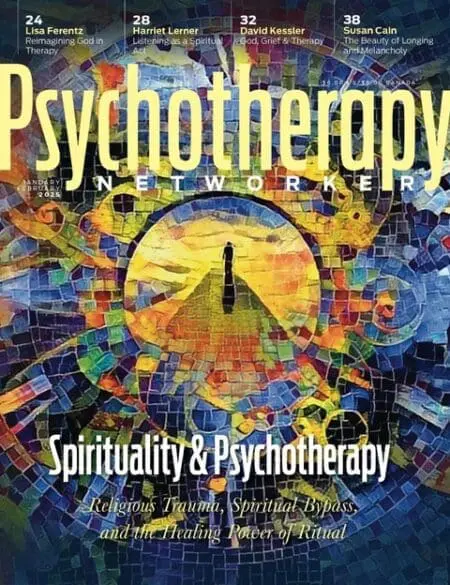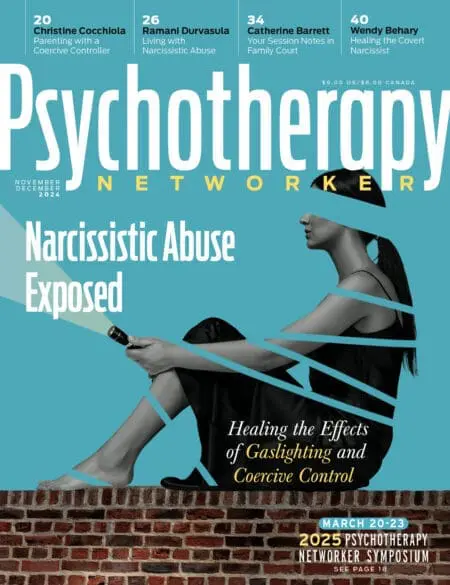“You never talk about your assault or your depression with me,” my father blurted unprompted as we were driving up Interstate 295 between Portland and Bar Harbor, Maine.
It was 2015, I was 26 years old, and we were on day two of our first-ever father-daughter trip. My dad, a stoic immigrant with a slight Indian accent and, almost always, a blue or purple pagri on his head, was sitting next to me in the passenger seat, wearing a baseball cap and tapping his fingers on his knee along to the radio’s song. He was unusually casual, and oblivious to the fact that he had just knocked the breath out of me.
We’d set out on this trip because a few months prior, my mom had mentioned in passing that she thought my dad was depressed.
“He isn’t acting like himself,” she’d said. “He is quiet when he gets home from work. He seems sad.” Though my mom had shared all of this nonchalantly, the weight of her words had still hit me like a ton of bricks. The word depressed—or any term even remotely referring to mental health—wasn’t used in my household.
Was papa depressed, or was he just stressed at work? Was he tired? Was he in a stage of reflection and transition in his own life as his children became increasingly independent? Why had my mom used this specific word to describe his behavior? Did it reflect her fear over his changed behavior or her own inability to understand his thoughts and feelings? I was overcome with questions, but as per usual, I knew that it would be up to me, the family mediator—a burden I embraced and am still unlearning—to do something. I decided that spending some time with my dad in a neutral environment where we could get to know each other better would make the best opportunity to get to the bottom of things.
You’re probably thinking, Um, he’s your dad—don’t you know him? Well, no, not really, sadly. Conversations with my dad had always centered around school or work, the news, religion, and, until 2019 (when I married my now-husband), my future marital status. In other words, as I have found similarly among friends, he was a typical immigrant parent: laser-focused on the future rather than the past. For most of my life, my dad had exerted control and stability by keeping his kids at arm’s length: far enough that we couldn’t see his vulnerability, but close enough that he felt like he was taking care of us. For that matter, I had never talked with my parents about anything emotional, let alone things that were heavy and terrible. This meant that aside from the basic facts of my life, they didn’t really know me, either. We put our energy into keeping up appearances within our community and our family.
And now we were driving up and down the coast of Maine together, sharing a hotel room and every meal. I came fully prepared with a list of questions jotted down in my Apple Notes app, but never in a million years did I imagine that we’d discuss my trauma. My whole life, I’d been accustomed to hiding from my parents fragments of myself that could be considered “bad” or “unacceptable” in my family or culture, leading me to live a double life.
I questioned my cultural and religious identity in secret. As an adolescent, I snuck onto the now outmoded AOL Instant Messenger at night to gossip with friends and flirt with chat room strangers in secret. I learned to explore my body and its needs in secret. I giggled at inappropriate things in secret. I struggled in secret. I was used to it, but now my dad was slowly opening a door between us that had been shut throughout my life. This trip—the first of many we would take—was meant to be about him, but he demonstrated curiosity and an interest in my life experiences that was so novel I didn’t know how to respond.
Sure, I had a desire to know my papa better, but I also feared him getting to really know me. I worried about being able to maintain my own facade and his idea of who I was.
Straddling Cultures
For as long as I can remember, I have felt on a daily basis that push and pull between who I am around my family and who I am alone with my friends—a feeling ultimately rooted in something called bicultural identity straddling, which is defined by researchers as an “ongoing process of adaptation resulting from living within two different cultural influences.” I know firsthand the suffering, the questions, the inconsistencies, and the inner torment that come with trying to occupy two spaces at once, with having no sense of belonging to one or the other and needing to chart a path forward anyway. And I know I’m not alone. Children of immigrants are often straddling (at least) two cultures, two value systems, and usually two sets of differing societal expectations. Many of us are walking a tightrope, trying to steady ourselves so as not to get devoured by the abyss below.
If you played home movies from my childhood in the suburbs of central Virginia, you’d see that I did have some semblance of a quintessential American upbringing—school dances, league sports, Friday-evening binges of Nick at Nite. (Binge-watching did in fact exist before Netflix.) But along with my adoption of the American lifestyle came long, and recurrent, discussions and arguments with my parents over the fact that I was “too American”—that I was losing my traditional Indian values. They felt that sleepovers and school dances were threats to my focus on education and community obligations. Male friends, meanwhile, were a threat to my purity: discussions about love weren’t even on the table until I was old enough to suitably marry.
Despite my parents’ best efforts, I did attend those dances and sleepovers, where friends and I—including other immigrant kids in the Sikh community—spent our nights talking about boys and eating fast food. We had dance parties in front of our dresser mirrors, swaying unabashedly to the American music we were usually discouraged from listening to. I even experienced first love and devastating heartbreak in high school—all behind my parents’ backs, of course. We were all unified in our secret rebellion.
Bicultural Identity Development
Years later, it was through building my online mental health platform and community Brown Girl Therapy while starting a career in mental health and navigating my own bicultural identity as a newlywed that I recognized how cyclical our identity development is as children of immigrants. We don’t go through consecutive stages in order or on a certain timeline; instead, I theorize, we grow through many different bicultural identity crises. Research suggests that identity development tends to happen during the adolescent years, as we move through the fear of embarrassment, the need for approval, the need to belong, and the experience and resolution of normative conflicts. This is why many of us have some version of the “stinky lunchbox” story or can recollect the painful pause before our names were stumbled over during roll call in grade school. It’s the same reason why I spent my early high school years trying to fit in by attempting to alter my skin and eye color.
As we get older, however, we start making adult choices—what career to pursue, whom to marry, where to live, whether to have kids or not and how to raise them if we do—and we start to grapple with our parents’ mortality. We are flung back into the throes of questioning what’s important to us and how we should carry on.
Different researchers have created many different identity development models, trying to incorporate and pinpoint the distinctive experiences of racial and ethnic minorities. There’s truth to their racial identity models, and yet within them, cultural identity tends to be neglected. In devising an alternative, I’ve built off previous models and my professional work to theorize a bicultural/multicultural identity model with five stages. These are nonlinear and nonsequential, but helping clients assess which stage they may be in can feel normalizing and validating for them. And it can provide a framework to help therapists address issues of cultural identity.
Conformity. In this stage, you’re motivated to develop performative behaviors in order to feel a semblance of belonging and acceptance within one or both of your cultural systems. This may not be a conscious choice (especially when you’re younger), as there may be minimal awareness of how you feel about your bi/multicultural identity.
Isolation or Dissonance. In this stage, you feel culturally conflicted. You may feel a sense of displacement from one, if not both/all, of your cultural communities. This can be particularly hard, as isolation and disconnection may increase the likelihood that you will struggle with mental health issues.
Awareness and Interrogation. In this stage, you start to explore what it means to identify with a cultural group. You may start to question whether your values align with those of your culture(s). You start to unpack experiences and feelings you have in relation to your different cultures, and what it means to identify with a dominant or marginalized identity. This stage is often correlated to exposure and learning.
Appreciation. In this stage, you actively return to, or strengthen, your heritage cultural identity. By recognizing the benefits, strengths, and resilience of your heritage culture(s) and communities, you begin to unlearn narratives that the dominant society and culture imposed on you.
Negotiation and Fusion. In this stage, you critically assess how to integrate—or blend—your different cultures so that they complement each other and/or serve you in living truthfully. This can be particularly difficult when cultural values are not aligned with one another, and you might have to unlearn and question decades of conditioning and norms. You may practice new ways of being. You start to search for communities that share in your identity, and you start to feel more positively about your culture(s) and your sense of belonging within it/them. You become confident in what’s important to you and what versions of your cultural identity you choose to uphold. This is usually accompanied by a sense of self-acceptance.
On that first trip together in Maine in 2013, my papa and I began to shatter a wall, and thus the narrative in which I felt separated from my parents, that is too often built between immigrant fathers and daughters. I started to share more about what I had been going through when I was depressed years prior, and he listened earnestly.
He may not have fully understood, but he also didn’t deny me my reality. He recounted stories about living in India, stories about his dad, whom I don’t have any recollection of, and stories about his early years in America. I learned that I fear disappointing him and worry that everything I do might be a burden. We talked about the concept of happiness and some of my dreams as we sat by a fireplace sipping whiskey in Kennebunkport. And in Acadia, I observed that he’s not very outdoorsy and doesn’t like to be out of his element. I also witnessed his impatience (even while waiting for the best lobster in town), his restlessness when he doesn’t have anything to do, and his penchant for happily adding crispy french fries to just about any meal.
Though the trip to Maine brought us closer, I left feeling like there were many things that I still didn’t understand and, further, that there were many, many more I’d have to realize on my own as I pursued my generational healing and reflection. But first I had to start by making room to trust myself. As therapists, this is often where we need to start with clients, too.
Sahaj Kaur Kohli
Sahaj Kaur Kohli, MAEd, LGPC, NCC, is a practicing therapist, international speaker, and the founder of Brown Girl Therapy (@browngirltherapy), the first and largest mental health and wellness community organization for adult children of immigrants. She’s the author of But What Will People Say?: Navigating Mental Health, Identity, Love, and Family Between Cultures and a columnist for The Washington Post’s advice column Ask Sahaj. Her work has been featured in Today, Good Morning America, CNN, the New York Times, and HuffPost.
